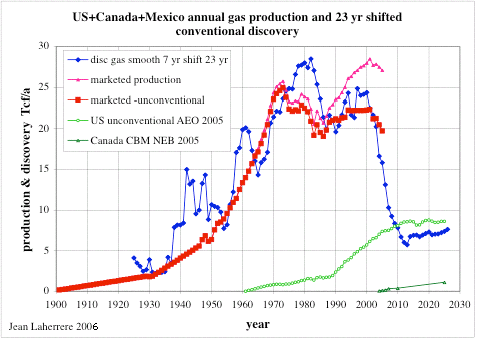Hooky Bump'in, and other parasitic relationships
As kids, we all probably participated in at least a few dangerous activities. Recently I started thinking about all the silly, parasitic modes of transportation I practiced (however briefly). By parasitic, I mean travel that requires a non-symbiotic relationship to an engine-powered hunk of steel -- think hitch-hiking where you attach yourself to a moving vehicle instead of hopping inside. A very obscure practice, known in certain wintry parts of the northern USA as "hooky bumping", ranks high in the danger (AKA "Jackass"-quality) category. To hooky bump, you needed iced or packed snow roads and a car or truck moving slow enough that you could grab on to the rear bumper. In the old days, car bumpers had some meat and you could actually hook your hands underneath and ride along like a crouched water-skiier. Nobody ever considered it that dangerous because you only came across the perfect hooky-bump conditions a few times a season. Stealth remained the key, as the car drivers' usually never figured out that they got hooky-bumped. The danger lied in the face-plant should you ever hit a piece of exposed asphalt.

Another parasitic travel technique, which actually took a lot of exertion, involved drafting city buses via a road bike. I used to do this commuting to school where buses stopped frequently enough that you could accelerate and quickly get within its slipstream (for a few blocks at least).
 The EROEI did not always pan out as imagined, especially if the bus driver notices you coming from behind and accelerates away. Professional road-bikers have this perfected, oftentimes forming the equivalent of a bus-human pelaton.
The EROEI did not always pan out as imagined, especially if the bus driver notices you coming from behind and accelerates away. Professional road-bikers have this perfected, oftentimes forming the equivalent of a bus-human pelaton.Somewhat related to bus-drafting, "door-hitching" required a bike and a friendly car-driving accomplice. Say you had a steep hill to climb and you happen to notice a friend driving alongside you in a car; the door-hitch request involves a twirling motion of the hand, indicating to the driver to roll down his window. If the driver obliges, you grab on to a window frame or ledge with one hand and continue to steer your bike with the other hand until you hit the top of the hill. Again likely illegal, but actually quite easy to perfect, as it has a lot in common with using tow-ropes or T-bars at downhill ski areas.
Putting a few of these techniques together and you can come up with other creative modes of parasitic transportation.

I often wonder how I made it past my teen years.











